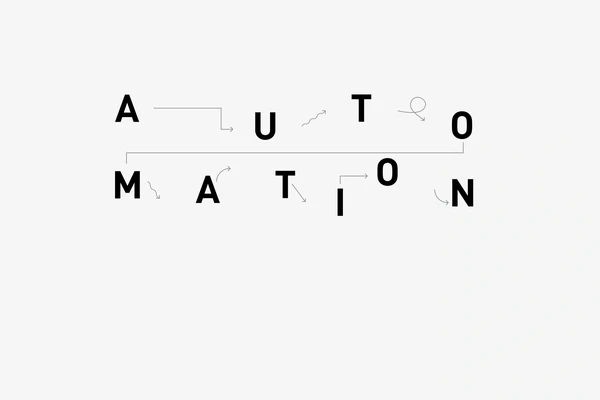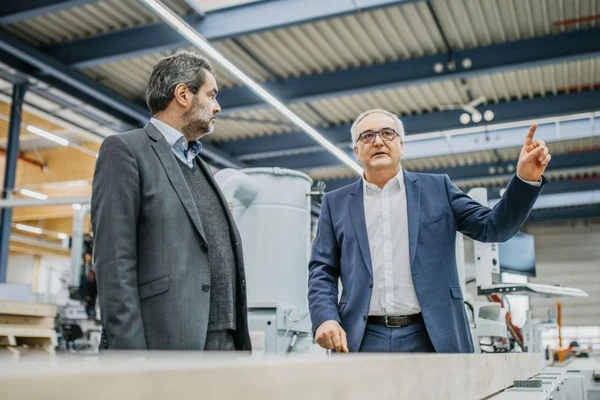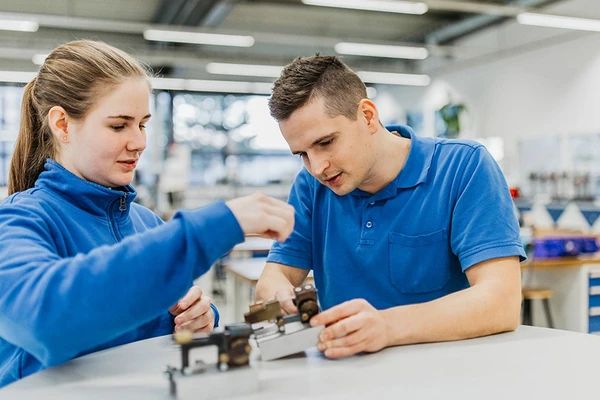
The building block principle
Apr 25, 2024
Every industrial company ticks differently. With Dürr's new manufacturing management software, customers can always design their production according to their preferences — by assembling individual modules like building blocks.
Software has become an integral part of manufacturing. For decades, it has been controlling production, recording data, analyzing, monitoring, or assisting in planning or traceability. Sounds good but it does have one drawback: Over time, numerous isolated solutions accumulate that are difficult to modify and make the system inflexible. This can lead to problems. One example: An automaker wants to install a new application to optimize energy consumption on its assembly line. However, the software is difficult to integrate into the evolved system and cannot fully leverage its strengths in combination with other modules.
Dürr software experts have found a way to avoid such problems. Together with the Group’s subsidiary iTAC, a state-of-the-art software architecture has been developed that enables a flexible solution with open interfaces. The overall product consists of modular components that can be provided as a tailored solution for the customer. The joint success is based on decades of expertise of Dürr and iTAC in software development.
The new Manufacturing Operations Management (MOM) bundles functionalities that Dürr and iTAC previously offered as independent monolithic solutions. Now a single, integrated system can encompass countless combinations of modules and features that are used in the customer's production: It records data, analyzes it, and makes it available. Production is controlled and monitored, and the ongoing processes can be displayed graphically. This type of flexible solution makes it possible to adapt more quickly to unpredictabilities in the markets.
Modular architecture creates flexibility
Production management systems usually have a monolithic structure. This means that a single software product comprises a wide variety of functionalities that cannot be easily exchanged or updated. “In terms of IT security, this is a major problem," says Jens Rick, Product Manager at iTAC.
The MOM architecture follows a different approach. It uses microservices, i.e. applications that perform their tasks independently of each other. The individual applications speak the same language, can be exchanged at any time, and fit together — like building blocks that can be assembled in any combination.
The MOM architecture offers maximum flexibility for installation in a customer-specific IT infrastructure. Additionally, the microservices’ open interfaces allow integration with third-party software or customer-specific developments. “For example, when customers want to use their own functions or those of another IT service provider," says Patrick Breuning, Senior Project Manager MOM at Dürr. This makes the software a modular, integrated, yet open solution. Companies can therefore easily set up a system that perfectly matches their needs.
More about
- A complete, single-source solution for production planning and control: The → Modular MOM system bundles all functional areas of the digital factory
- The best practice for the mechanical engineering industry: → Dürr Group using its own MES/MOM for manufacturing processes
- Interview with Felix Losch (Dürr) and Martin Heinz (iTAC): How the → MOM solution brings everything together

Tanja
Scheffel
Marketing
Dürr Systems AG
Carl-Benz-Straße 34
74321 Bietigheim-Bissingen
Germany
Carl-Benz-Straße 34
74321 Bietigheim-Bissingen
Germany












